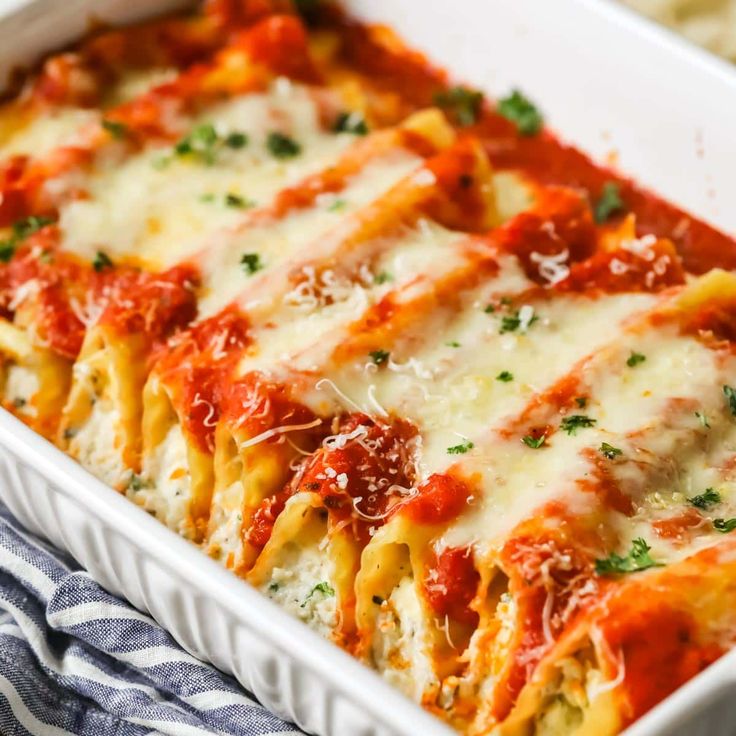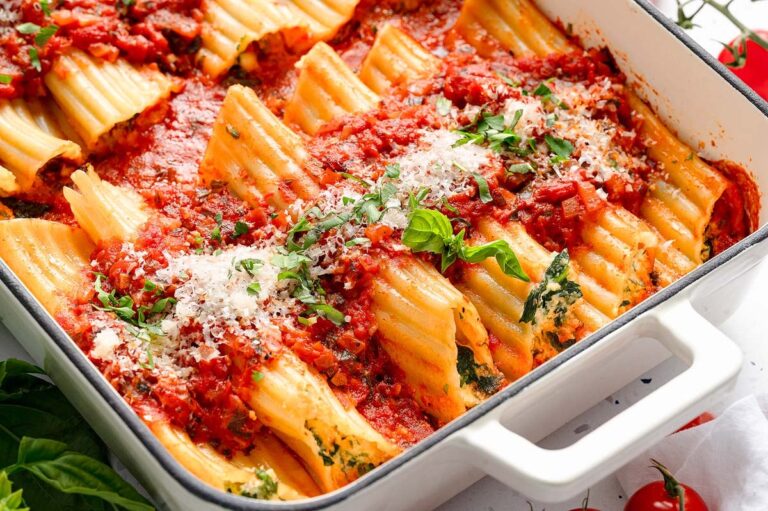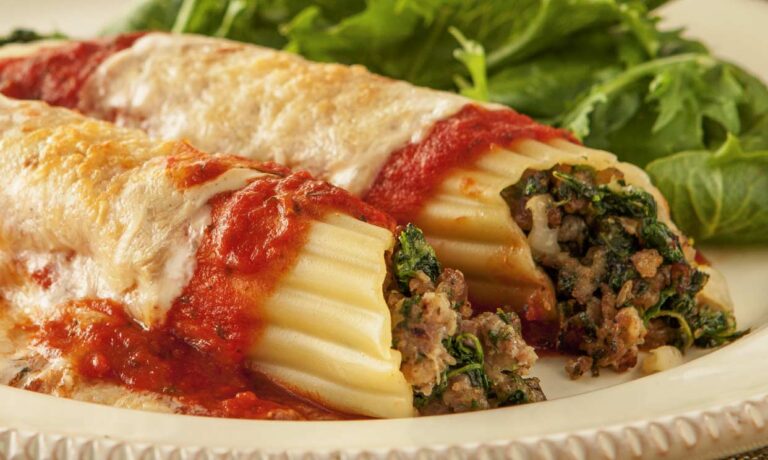Homemade Mannacote Pasta: A Step-by-Step Guide
Introduction
Homemade pasta has always been at the heart of Italian cooking, and Mannacote is no exception. While store-bought tubes are convenient, nothing compares to the taste and texture of fresh, handmade pasta. Preparing Mannacote pasta at home allows you to honor tradition while adding a personal touch to your dish.
Ingredients for Homemade Mannacote
Basic Pasta Dough
The dough requires just three simple ingredients: flour, eggs, and a pinch of salt. Some recipes also include olive oil for elasticity.
Quality Matters
Using high-quality flour, like “00” Italian flour, ensures a silky texture that rolls easily and holds fillings without breaking.
Preparing the Dough
Mixing and Kneading
The flour is shaped into a well, eggs are cracked into the center, and the mixture is slowly combined. Kneading for 8–10 minutes develops gluten, giving the dough strength.
Resting the Dough
The dough should rest for at least 30 minutes, covered, to relax the gluten and make rolling easier.
Rolling and Shaping Mannacote
Rolling the Pasta Sheets
Using a rolling pin or pasta machine, the dough is rolled into thin sheets. Fresh sheets are more flexible than dried pasta tubes.
Shaping the Tubes
The sheets are cut and rolled into cylinders, then sealed with a touch of water. These tubes are ready to be filled and baked.
Cooking Fresh Pasta
Pre-Boiling for Softness
Fresh pasta cooks much faster than dried. A quick boil of 1–2 minutes prepares it for stuffing.
Baking Directly
Some recipes skip boiling and allow the pasta to cook fully in the oven, absorbing flavor from sauces.
Conclusion
Homemade Mannacote pasta is a rewarding way to connect with Italian tradition. With just flour, eggs, and patience, you can create soft, tender tubes that elevate the dish beyond store-bought options. Making pasta from scratch turns Mannacote into not just a meal, but an experience.
FAQs
Q1: Do I need special flour for homemade Mannacote?
“00” flour is ideal, but all-purpose flour also works.
Q2: How thick should the pasta sheets be?
They should be thin enough to roll but strong enough to hold filling, about 1–2 mm.
Q3: Can I freeze homemade Mannacote pasta?
Yes, shape and freeze the tubes on a tray before storing them in bags.
Q4: Do fresh tubes cook faster than dried ones?
Yes, they require only 1–2 minutes of boiling.
Q5: Is olive oil necessary in the dough?
Not required, but it adds flexibility and flavor.






